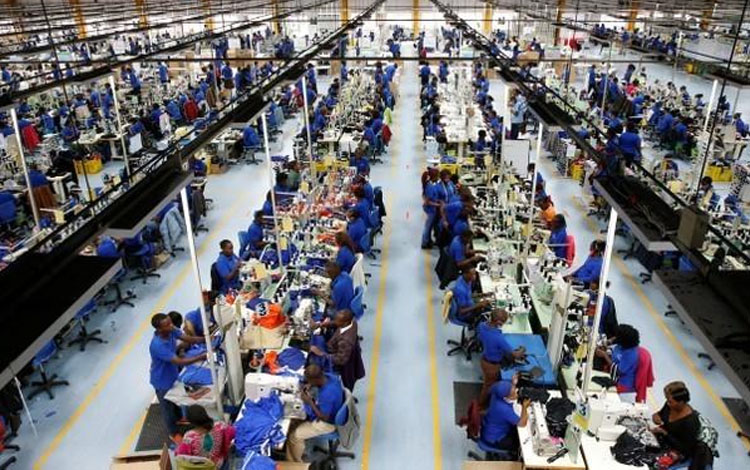The private sector activities dropped in August to its lowest level since May in Kenya on account of cash flow problems staring starkly at the economy, according to the Markit Stanbic Bank Kenya, which constructs the Purchasing Managers’ Index (PMI), which measures the health of the economy. The manufacturing and services index fell to 52.9 in August from 54.1 in July. Any vector (number) above 50 indicates growth and anything less than that is decline in the performance of the economy. In May, the index stood at 51.3. The cash flow problems faced by the economy was partly due to backlog in the government bills pending in government departments, which are payable to the private individuals and firms. In June, the government said that it would make it a priority to pay 10.9 billion shillings (US$106 million) owed to its vendors (suppliers) by the end of the month. It is a common problem that the government takes years to settle bills for goods and services supplied to it. A major reason for such pile up of such bills is widespread corruption. The delayed payments also lead to bad debts in the banking sector since the people who have taken loans from the banks either delay payments or become defaulters.
To top it, there is also an acute credit squeeze due to a cap on commercial lending rates since late 2016. The Kenya’s finance ministry also proposed to the legislature to repeal the cap on lending rates. There is also court ruling against cap on lending rates, which is seldom followed. In March, a court ruled that the rate cap was unconstitutional. However, the ruling came with a caveat that 12 months time should be given to allow parliament to re-examine the law.





